SPAN Margin Calculator
Margin calculator to calculate the span margins required for trades made in the NSE - derivatives segment or NSE - currency derivatives segment.
Explore cover order calculatorWhat Is Margin Calculator
Margin Calculator is an easy-to-use online tool that helps you figure out the minimum amount of money (the margin) you need to deposit in your account to open or maintain a specific trade, especially in the Futures & Options (F&O) segment.
Why is this important? Because when you trade on margin, you are essentially using borrowed funds to take a larger position than your capital would normally allow.
The margin acts as collateral - a security deposit, that protects both you and your broker against potential losses if the market moves against your position.
A margin calculator quickly runs complex, regulatory-mandated calculations so you can know your exact requirement before committing to a trade.
Types Of Margins
The financial market in India has several types of margins, primarily categorized into those for the Cash (Equity) segment and the Derivatives (F&O) segment.
-
Initial Margin (Upfront Margin)
This is the deposit you must pay to open a leveraged position. It's the primary cushion against potential loss. For F&O trades, the Initial Margin is typically the sum of SPAN Margin and Exposure Margin.
-
Maintenance Margin
Once a trade is open, this is the minimum amount of equity you must maintain in your account. If your account value drops below this level due to losses, it triggers a Margin Call, which is a demand from your broker to deposit additional funds to bring the balance back up.
-
Key Regulatory Margins:
- Value at Risk (VaR) Margin: Calculated primarily for the equity cash segment, this margin estimates the maximum potential loss that a position might incur over a set period with a specific probability, generally 99%.
- Extreme Loss Margin (ELM): This is an extra margin collected over and above the VaR margin. It acts as a buffer to cover market movements that go beyond the typical risk covered by the VaR margin—think of it as a safety net for sudden, extreme market swings.
- Mark-to-Market (MTM) Margin: This applies to open futures contracts. At the end of each trading day, your open positions are 'marked to market,' meaning they are revalued based on the closing price. If there is a loss, you must pay this MTM loss margin to your broker to keep the position open.
What is F&O Margin?
The Futures & Options (F&O) Margin is the specific margin required when you trade in the derivatives segment. Since F&O contracts involve high leverage and a higher potential for risk (especially for sellers/writers of options and futures traders), the regulatory margin requirements are very structured.
The upfront F&O Margin (Initial Margin) is composed of two main parts:
-
SPAN Margin (Standardized Portfolio Analysis of Risk)
This is the main, exchange-mandated margin. The SPAN system uses sophisticated algorithms to analyze the risk of your entire F&O portfolio across various possible market scenarios. It calculates the maximum loss your portfolio could face in a single day under extreme but plausible market conditions. Because it considers your entire portfolio, hedging (taking offsetting positions) can sometimes reduce your overall SPAN margin.
-
Exposure Margin
This is an additional margin collected over and above the SPAN margin. It covers risks that might not be fully captured by the SPAN system, such as a major market event or an unprecedented movement in the price of the underlying asset. For index futures/options, it's typically a percentage of the notional contract value, and a higher percentage for individual stock futures/options.
In short, when trading F&O, you need to have (SPAN Margin + Exposure Margin) deposited upfront to initiate your trade.
How To Use Margin Calculator
Using Samco Securities’ Margin Calculator is a straightforward process designed to give you instant, accurate margin requirements for your derivatives trades. No complex math required!
Here’s a step-by-step guide based on the calculator interface provided:
-
Select the Trade Parameters - You need to specify the details of the trade you intend to place:
- Segment (NFO): This is the market you are trading in. In the provided image, NFO stands for NSE Futures & Options, indicating you are trading derivatives.
- Product (Futures): Choose the specific derivative contract. You would select Futures (for F&O Futures contracts) or Options (for F&O Options contracts).
- Underlying (NIFTY): Select the asset the derivative is based on. This could be an index like NIFTY or BANKNIFTY, or a specific stock (e.g., Reliance, HDFC Bank).
- Expiry (30SEP2025): Choose the contract's expiry date. The margin will vary depending on how close the contract is to expiry.
- Quantity: Enter the number of lots or the total quantity of the contract you wish to trade.
-
Specify Action - Below the main details, you select the action:
Buy / Sell: Click the radio button for whether you intend to Buy (Long) or Sell (Short) the contract.
-
Calculate the Margin
Once all details are entered, click the Add button.
The system will instantly process the information based on the latest exchange rules (SPAN and Exposure parameters).
-
View the Results - The results will appear in the "Combined Margin Requirements" section, showing exactly what you need:
- SPAN Margin: The primary, risk-based margin requirement.
- Exposure Margin: The additional cushion required over the SPAN margin.
- Total Margin Requirement: The final, total cash amount you must have in your account (SPAN + Exposure).
- Margin Benefit: This is particularly useful for multi-leg strategies (hedged positions), showing any margin reduction you receive.
By following these simple steps, you know precisely the capital required before your order is placed, helping you avoid penalties for margin shortfalls.
Benefits of Using the Samco Securities Margin Calculator
The Samco Securities Margin Calculator is a vital tool that gives traders an edge in the highly leveraged Futures & Options market.
- 100% Transparency and Compliance: It immediately provides the exact Total Margin Requirement as mandated by the exchange, ensuring you are always compliant with SEBI's peak margin regulations and can avoid unnecessary penalties.
- Capital Optimization: The tool helps you utilize your capital efficiently. By knowing the precise margin for each trade, you avoid over-allocating funds, allowing you to free up capital for other trading opportunities.
- Aids in Advanced Strategy Planning: The calculator's ability to show the Margin Benefit is a huge advantage for professional traders. When executing multi-leg strategies (like option spreads), it accurately calculates the reduced margin required for hedged positions, making complex trading cheaper and more feasible.
- Instant, Pre-Trade Clarity: In the fast-moving F&O market, you cannot afford delays. The calculator gives you results instantly, allowing you to confirm trade viability and manage risk before the market moves, ensuring faster and more confident decision-making.
- User-Friendly Interface: As shown in the image, the clean, structured interface—with clear dropdowns for Segment, Product, Underlying, and Expiry—makes it easy for both beginners and experienced traders to quickly ascertain their fund requirements.


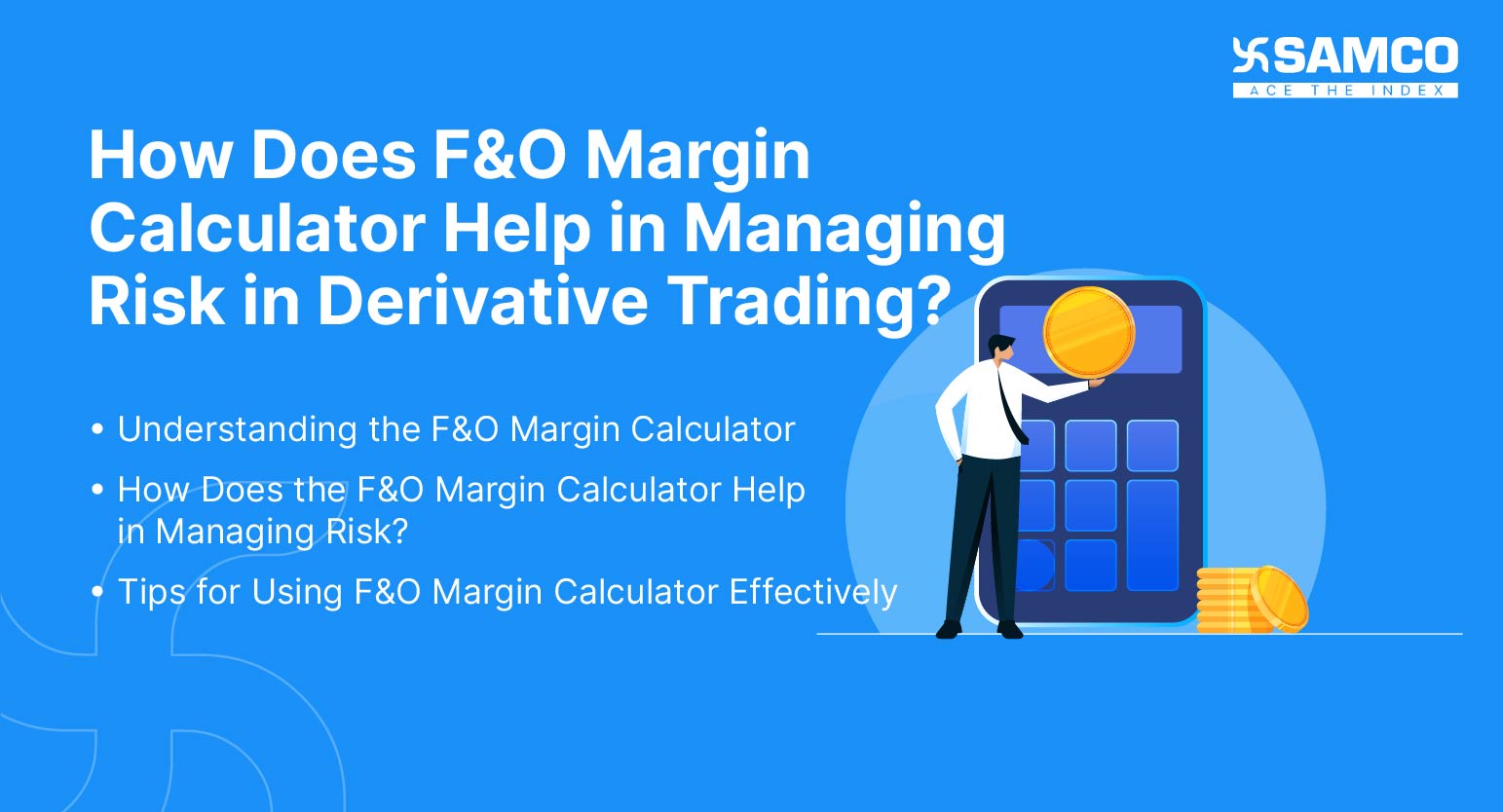
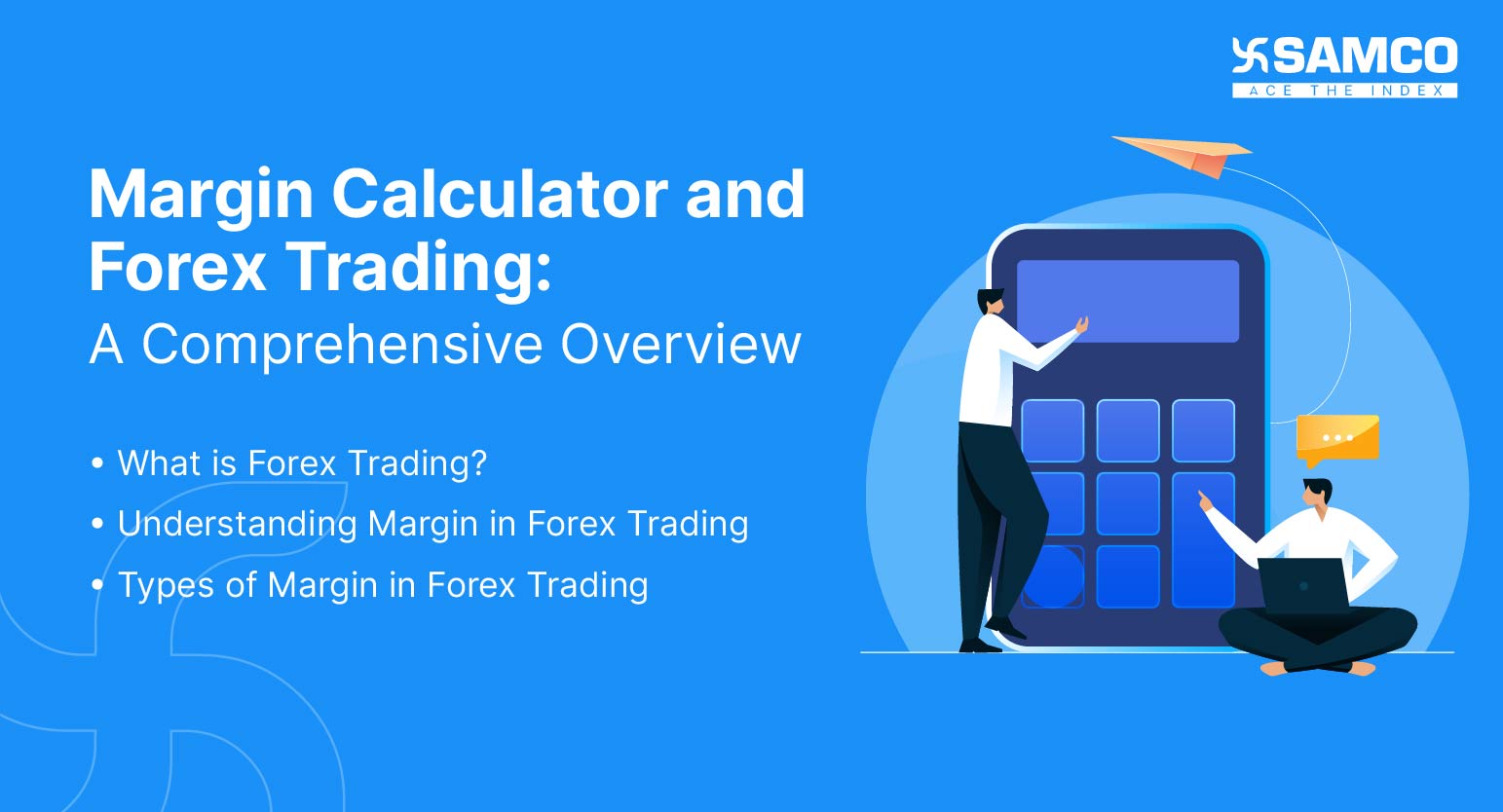

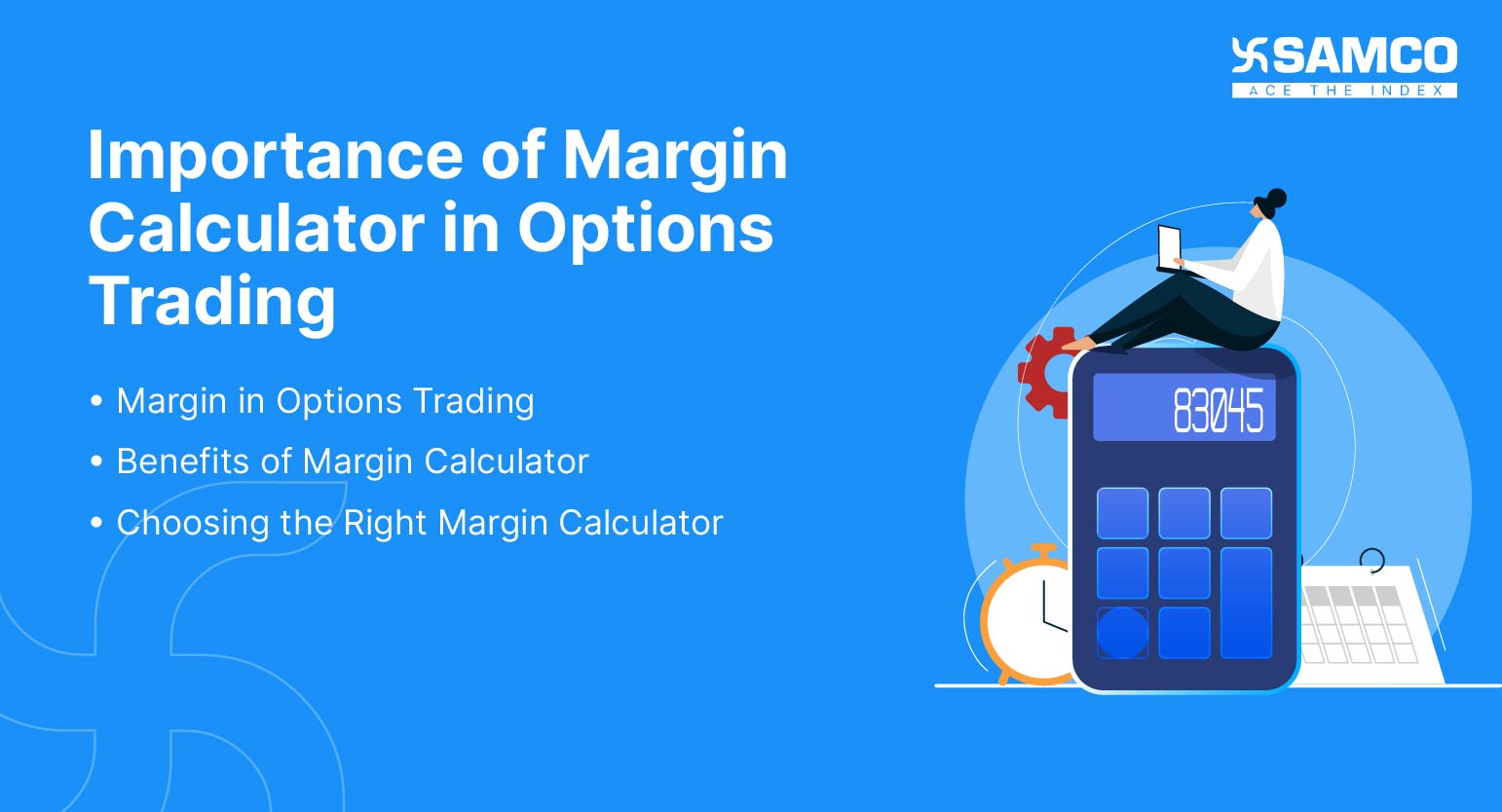
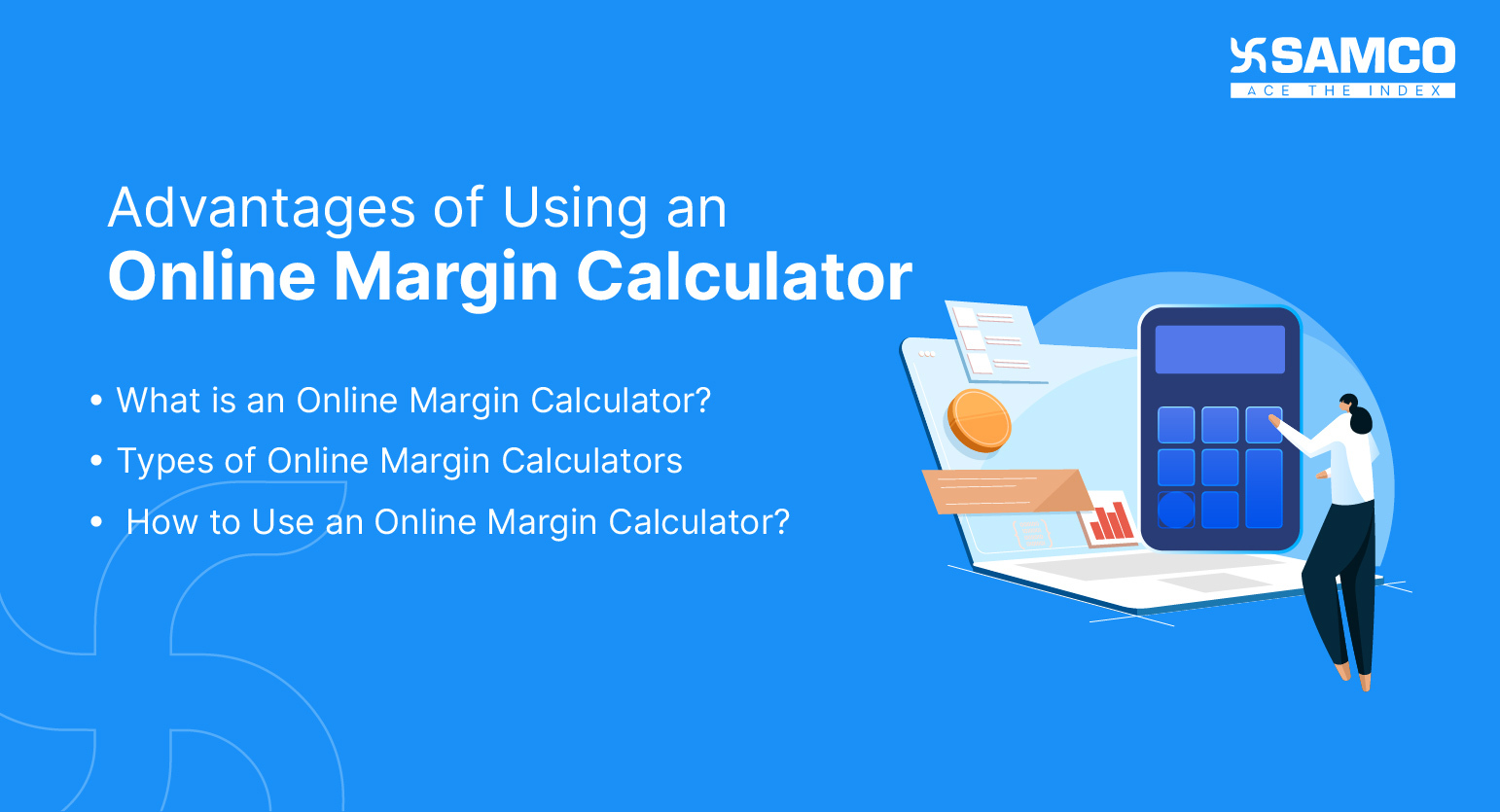
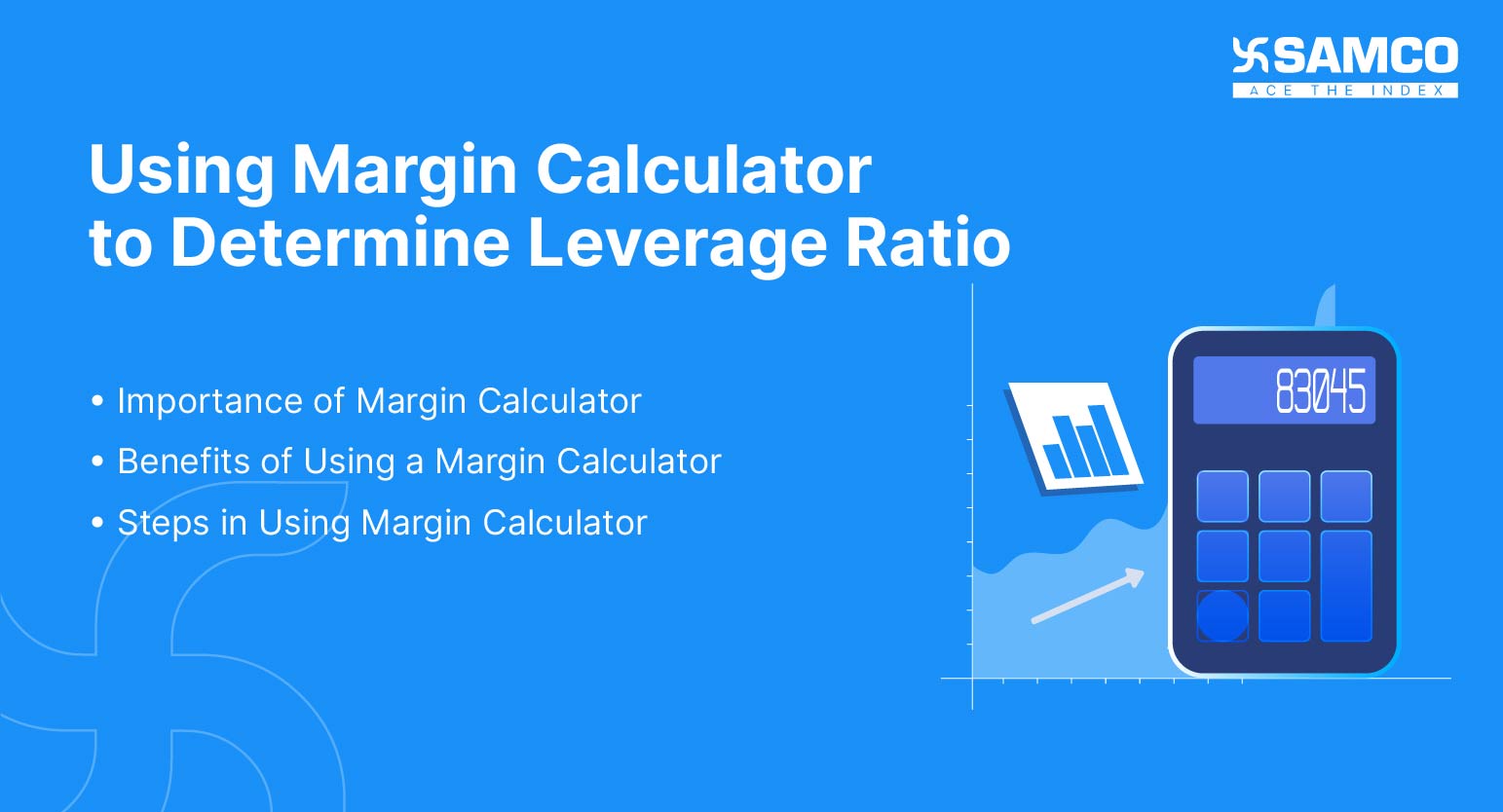



 Easy & quick
Easy & quick